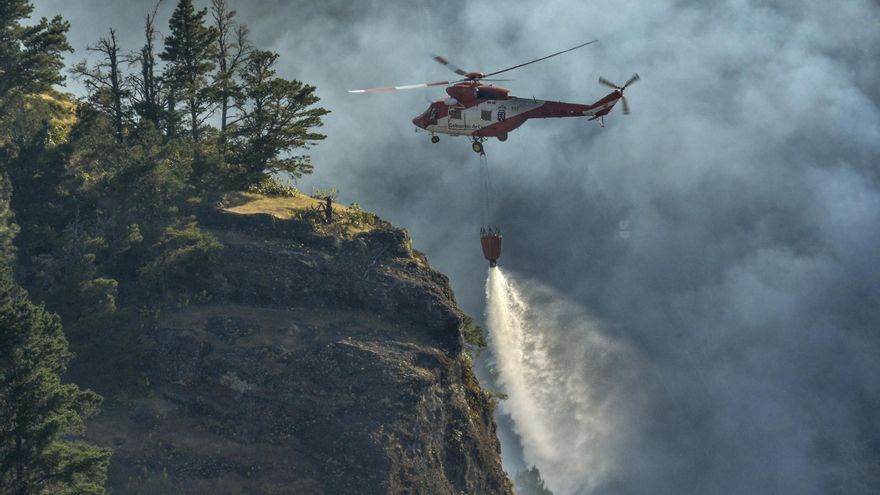Canary Islands Lead in Wildfire Prevention
While mainland Spain cuts funding and privatizes forest fire prevention services, the Canary Islands are making historic investments to protect their natural treasures. Nearly half of the archipelago’s land—45.56%—is classified as a Protected Natural Area, making wildfires a serious threat to rural communities, livelihoods, and biodiversity. With such high stakes, cutting corners or outsourcing firefighting is unthinkable. Each island maintains specialized prevention and response teams, tailored to its unique risks.
Unprecedented Resources for Firefighting
This summer, the Canary Islands have mobilized 2,000 personnel, 200 vehicles, and 19 aircraft, funded by the regional government, local councils, and the Spanish state. The regional government alone has allocated €9.5 million, with Tenerife and Gran Canaria leading in investments due to their larger populations and high-risk areas. Gran Canaria’s council announced an additional €4 million for wildfire protection, bringing its total budget to €10 million annually.
Learning from Past Tragedies
Wildfires have become alarmingly frequent. Over the past two decades, nine major fires have ravaged the islands, scorching 32,000 hectares. Tenerife, still recovering from its worst fire in 40 years—which burned 14,624 hectares in 2023—has bolstered its response team, the Cecopin, with €762,000 in new funding. The upgrades include 24/7 staffing, strategic watchtowers, and specialized forestry crews working four months a year to clear flammable vegetation.
Cutting-Edge Technology and Tactics
Beyond manpower, islands are adopting advanced tools. La Palma has doubled its reinforcement brigades, added night patrols, and modernized its fleet with heavy and light fire trucks, drones, and thermal sensors. A new tactical planning unit will implement climate-adapted emergency protocols. Meanwhile, La Gomera’s €2.5 million campaign integrates 200 personnel, 20 fire engines, and two aircraft, supported by Garajonay National Park staff and volunteers.
A Collective Fight Against Flames
The islands’ fragmented geography demands localized solutions, but the shared goal is clear: prevent disaster before it strikes. From Tenerife’s recent 81-hectare blaze—quickly contained by 80 responders and nine aircraft—to Gran Canaria’s fuel-reduction crews, every effort counts. As temperatures rise, these investments aren’t just prudent; they’re vital for safeguarding Europe’s unique island ecosystems.

